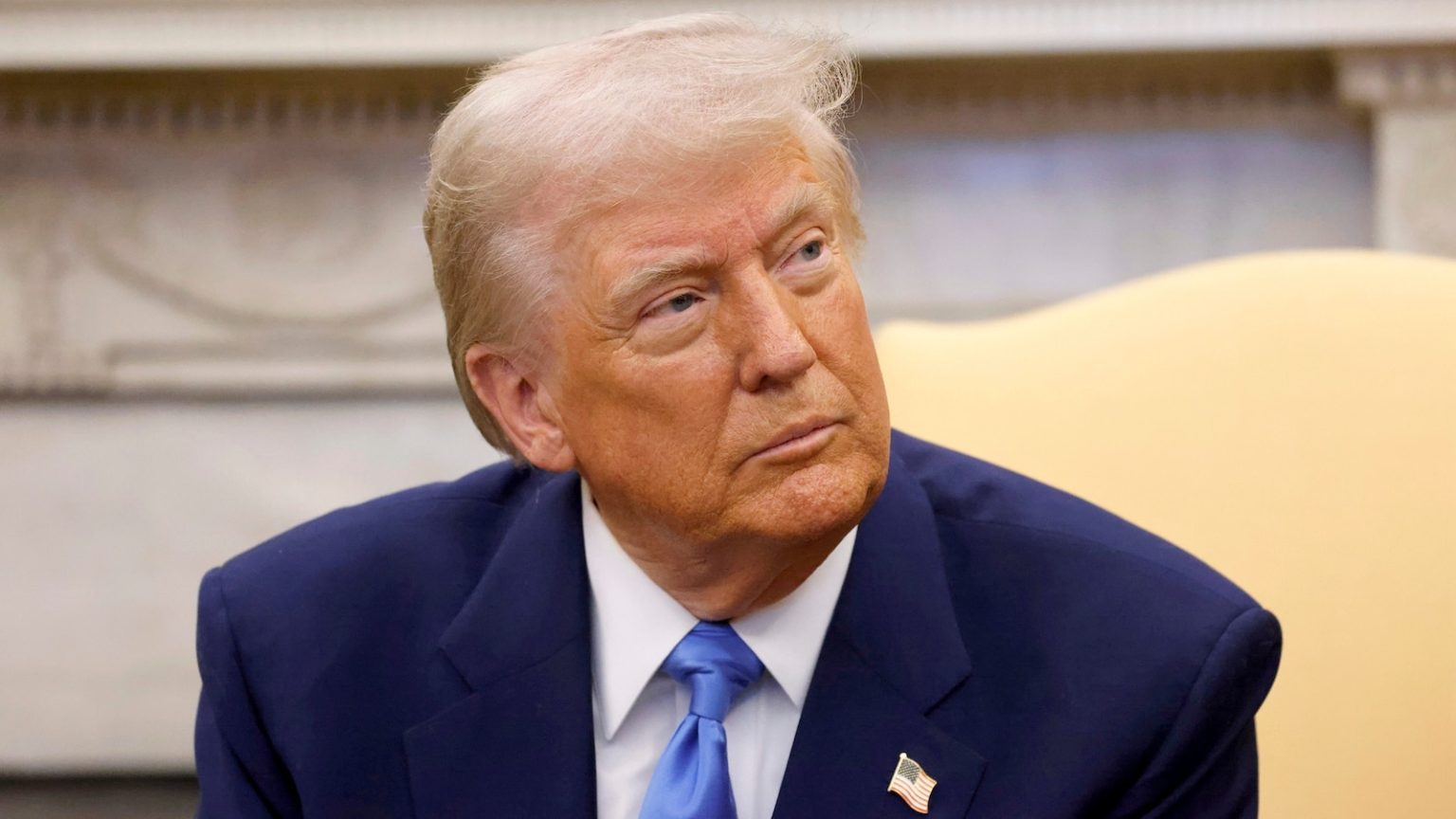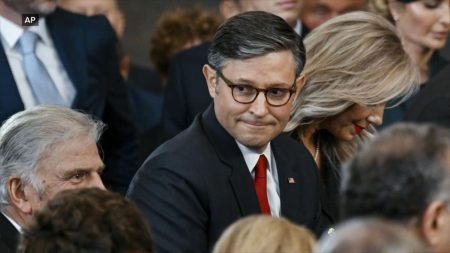President Trump’s Claims on Ukraine Aid: Separating Fact from Fiction
The Russia-Ukraine war has been a focal point of international diplomacy, with President Donald Trump recently engaging in discussions with French President Emmanuel Macron to explore avenues for ending the conflict. During these discussions, Trump made several assertions about the financial aid provided by the United States to Ukraine, claiming that the U.S. has contributed "hundreds of billions of dollars," specifically mentioning figures around $300 billion. However, these claims do not align with official data, raising questions about the accuracy of such statements and their implications for international perceptions of U.S. involvement in the conflict.
The Reality of U.S. Aid to Ukraine
According to official government sources, the total aid appropriated by Congress for Ukraine since the escalation of the war in 2022 stands at approximately $174 billion. This figure is derived from five separate pieces of legislation passed between 2022 and 2024, with bipartisan support initially, though this consensus has eroded over time. The U.S. government’s oversight mechanisms, including the Office of the Special Inspector General for Operation Atlantic Resolve, report a slightly higher figure of $182 billion, which includes additional allocations from specific agencies. Importantly, not all of this amount has been disbursed, with only $83 billion spent and another $57 billion obligated, leaving approximately $40 billion unallocated.
Comparing U.S. and European Contributions
President Trump has repeatedly emphasized that the United States has contributed significantly more aid to Ukraine than European nations, suggesting a disparity of $300 billion versus $100 billion. However, this characterization does not reflect the actual figures. The Kiel Institute for the World Economy, an independent research group based in Germany, estimates U.S. allocations at around $119 billion, while European nations collectively have contributed approximately $138 billion. These figures highlight the necessity of a nuanced understanding of international aid, which often involves a complex interplay of direct and indirect support, including military aid, economic assistance, and humanitarian relief.
The Broader Context of U.S. Support
While the United States has indeed been a major contributor to Ukraine’s war efforts, the narrative of disproportionate U.S. support versus European underinvestment is not entirely accurate. The Kiel Institute’s figures indicate that European countries, both individually and collectively through the European Union, have made substantial contributions to Ukraine’s defense and economic stability. This collective effort underscores the importance of international cooperation in addressing the multifaceted challenges posed by the war, including humanitarian crises, economic disruption, and long-term reconstruction needs.
Trump’s Push for a Deal on Ukrainian Mineral Resources
President Trump’s focus on financial contributions to Ukraine has been accompanied by a push for a deal that would allow the United States to access profits from Ukraine’s mineral resources as a form of repayment for U.S. aid. This proposed agreement has generated significant interest and debate, with Trump suggesting that such a deal would represent a fair return on U.S. investments in Ukraine’s future. However, this proposal raises complex legal, diplomatic, and ethical questions, particularly regarding the balance between supporting Ukraine’s recovery and ensuring that such arrangements are equitable and transparent.
Implications for U.S. Foreign Policy and International Relations
The discrepancy between President Trump’s claims about U.S. aid to Ukraine and the official data highlights broader themes in U.S. foreign policy under his administration. The emphasis on financial contributions and reciprocal benefits underscores the "America First" approach, which prioritizes U.S. interests and return on investment in international relations. However, this perspective risks oversimplifying the complexities of international aid and cooperation, which are often motivated by a mix of strategic interests, humanitarian concerns, and global security imperatives.
In conclusion, while the United States has indeed been a significant contributor to Ukraine’s defense and reconstruction efforts, the portrayal of U.S. aid as exceeding $300 billion is not supported by official figures. The broader international effort to support Ukraine involves a complex interplay of contributions from multiple countries, reflecting a shared commitment to global security and stability. As the international community moves forward in addressing the ongoing conflict and its aftermath, accurate representation of financial contributions will remain essential for fostering transparency, accountability, and effective cooperation.















